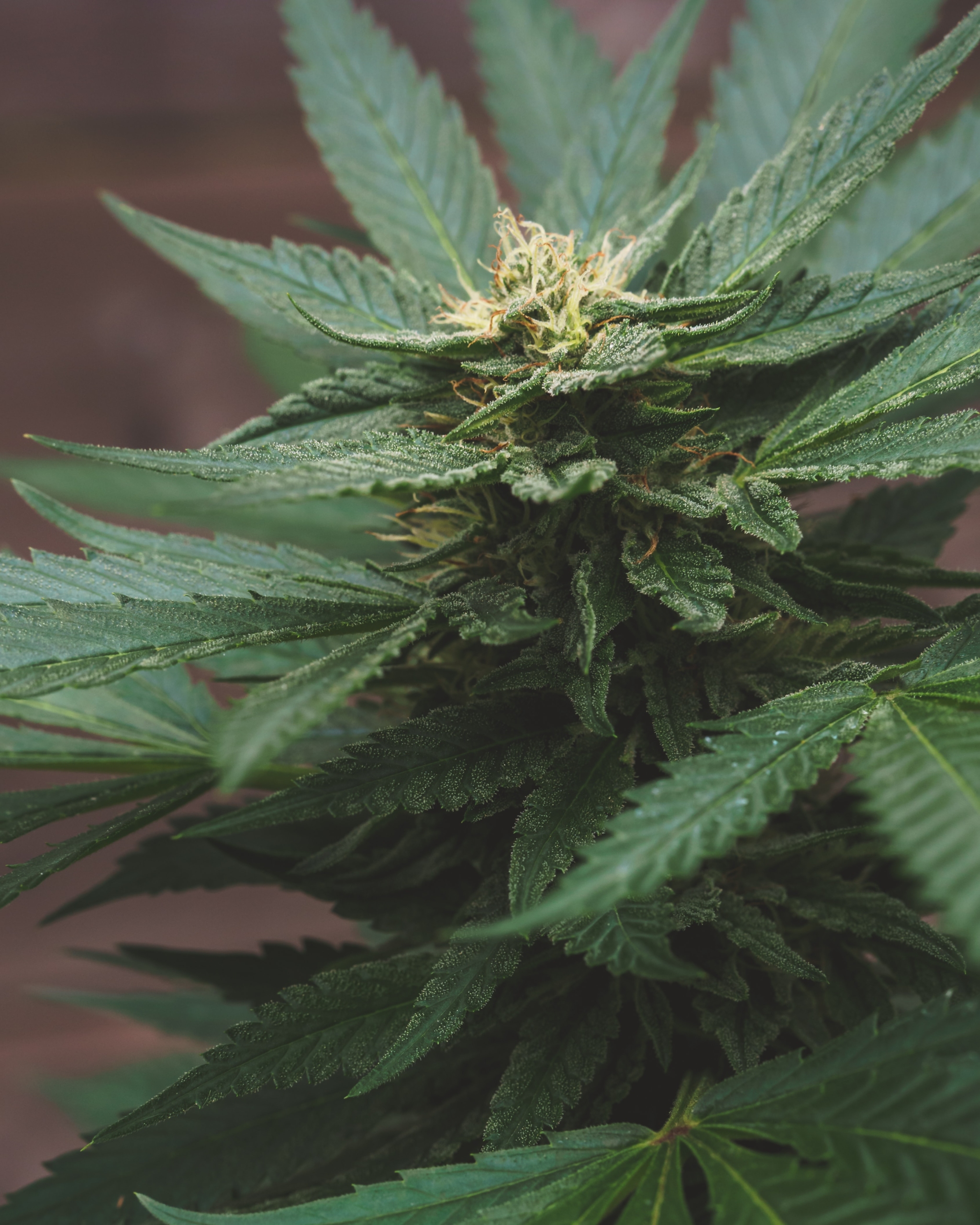
The Endocannabinoid System: A Look at the Body’s Process of Maintaining Balance
Since the discovery of the first cannabinoid receptor in 1988, scientists have continued to research the endocannabinoid system and its role in regulating the body’s internal state of homeostasis. The isolation of the first endocannabinoid by Lumír Hanuš in 1992 confirmed that the human brain produces cannabinoids that bind to receptors dispersed within the body.
While many of the components of this system are still being researched, there is enough evidence to suggest that supporting the endocannabinoid system within the body is beneficial in relieving conditions that may stem from a poorly functioning endocannabinoid system.
What is the Endocannabinoid System (ECS)?
The endocannabinoid system (ECS) is a biological system within the body that works to regulate and balance the body’s internal environment and maintain homeostasis throughout, despite external conditions. This includes regulating functions like:
- Appetitef
- Metabolism
- Memory
- Immune response
- Inflammation
- Pain Sensation
- Sleep
- Hormone production
- Mood
A large part of the ECS relies on the concept of homeostasis, which is the body’s ability to self-regulate and maintain stable conditions. In short, the body needs balance in order to achieve overall wellness.
How does the ECS work?
“The ECS performs different functions in various cells, tissues, and organs, but most often its role is to control excessive activity,” says Dr. Dustin Sulak, integrative medicine physician based in Maine. Dr. Sulak was one of the first physicians there to incorporate the legal use of cannabis as a medicine in 2009.
“For example, if there’s too much muscle tension, too much inflammation, too much nerve excitement, too much digestive tract motility, too much secretion of a hormone or neurotransmitter, it’s the ECS that sends the signal to decrease or stop that activity.”
The ECS relies on both chemical and electrical communication signals to initiate cell response. When the ECS notices any incorrect cellular communication, it works to correct these errors and restore equilibrium.
What does the Endocannabinoid system consist of?
There are three main components of the ECS including cannabinoid receptors, endocannabinoids, and enzymes. These elements work together to facilitate communication between different types of cells.
Let’s take a closer look at these three components and their role in the ECS.
Cannabinoid receptors
There are two known cannabinoid receptors found within the body, CB1 and CB2. Both receptors are G-protein-coupled receptors (GPCRs) and are found on the surface of cells within the body. GPCRs function to convert signals into responses.
- Cannabinoid receptor 1 (CB1s) are found in the central nervous system (CNS), primarily in the brain, spinal cord, and spread throughout the body’s organs.
- Cannabinoid receptor 2 (CB2s) are primarily located on cells within the body’s immune system, circulating through the bloodstream. They are also found on spleen, bone, and liver cells.
Endocannabinoids
Endocannabinoids, also called endogenous cannabinoids, are molecules produced by the body to help maintain internal homeostasis. Similar to serotonin and dopamine, endocannabinoids function as neurotransmitters (chemical messengers). These molecules bind to and activate cannabinoid receptors to attempt to compensate for imbalances within the body.
There are two major endocannabinoids:
- Anandamide, which is also known as the “bliss molecule” because of its essential role in regulating emotions
- 2-AG, which functions to reduce inflammation, regulate mood and sleep patterns. It also plays a role in memory and reproduction
Enzymes
There are two primary enzymes that work within the endocannabinoid system. They function to break down the endocannabinoids once they have been used.
- Fatty acid amide hydrolase (FAAH) breaks down the endocannabinoid, anandamide
- Monoacylglycerol acid lipase (MAGL) breaks down the endocannabinoid, 2-AG
Unlike many of the body’s other molecular systems, like hormones, endocannabinoids are not stored in the body for later use. Instead, these enzymes break down the endocannabinoids as soon as they are no longer needed.

“The degrading enzymes will, unfortunately, degrade the endocannabinoids that are produced rather quickly. This is why it is [helpful] to supplement with plant-based phytocannabinoids as they are not as quickly degraded by enzymes and enzymatic activities. Thus plant cannabinoids can confer more in the way of physiological benefit,” says Dr. Stuart Titus, CEO of Medical Marijuanna, Inc. “Plant cannabinoids will actually inhibit the function of the endocannabinoid degrading enzymes, allowing for greater levels of circulating endo- and phytocannabinoids.”
The Effects of THC on the Endocannabinoid System
Tetrahydrocannabinol (THC) is the main cannabinoid found in the cannabis plant. It’s largely known for its role in producing psychoactive effects, such as the euphoric “high” feeling. When cannabis enters the body, THC molecules bind to the CB1 and CB2 receptors throughout the body to produce psychoactive and therapeutic effects.
“Cannabinoids (such as THC, CBG, and CBD) closely resemble natural compounds produced by our own bodies that are called endocannabinoids,” explained Shauneen Militello, Founder of Beauxcanna. “These molecules interact with the ECS in the body by interacting with the CB1 and CB2 receptors to produce various physiological, medicinal, and therapeutic effects, much like a lock and key into the body’s receptors. The interactions between endocannabinoids and CB1 and CB2 receptors create balance, and the human body accepts this as a calm and relaxed feeling.”
Uniquely, cannabinoids like THC and CBD have the ability to supplement the body’s production of endocannabinoids. Because of this, cannabis can provide substantial relief from ailments caused by imbalances within the body. When disease and lifestyle choices throw off the equilibrium of the body’s endocannabinoid system, cannabinoids like THC can potentially help restore homeostasis within the body.
Researches are still trying to uncover the perplexity of the endocannabinoid system, but the last thirty years of research show promise that there is much potential left to discover in the role of the endocannabinoid system.
Lindsay Modglin is a former nurse and U.S.-based health writer with a focus on cannabis.

